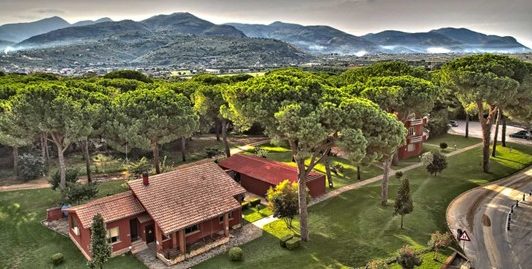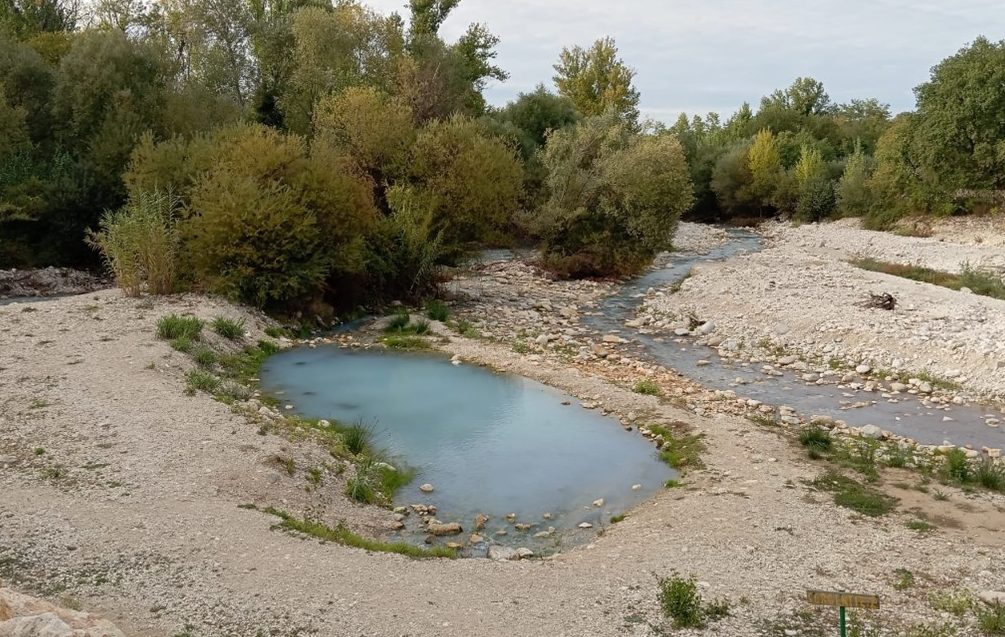Strategie sostenibili per le materie prime critiche: stato dell’arte, sfide e prospettive di approvvigionamento in Italia
Le materie prime critiche (Critical Raw Materials, CRM) rappresentano oggi un elemento strategico per sostenere la competitività industriale europea e la transizione energetica.
 PORTALE DEL SERVIZIO GEOLOGICO D'ITALIA
PORTALE DEL SERVIZIO GEOLOGICO D'ITALIA 

